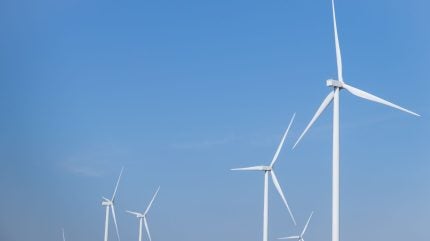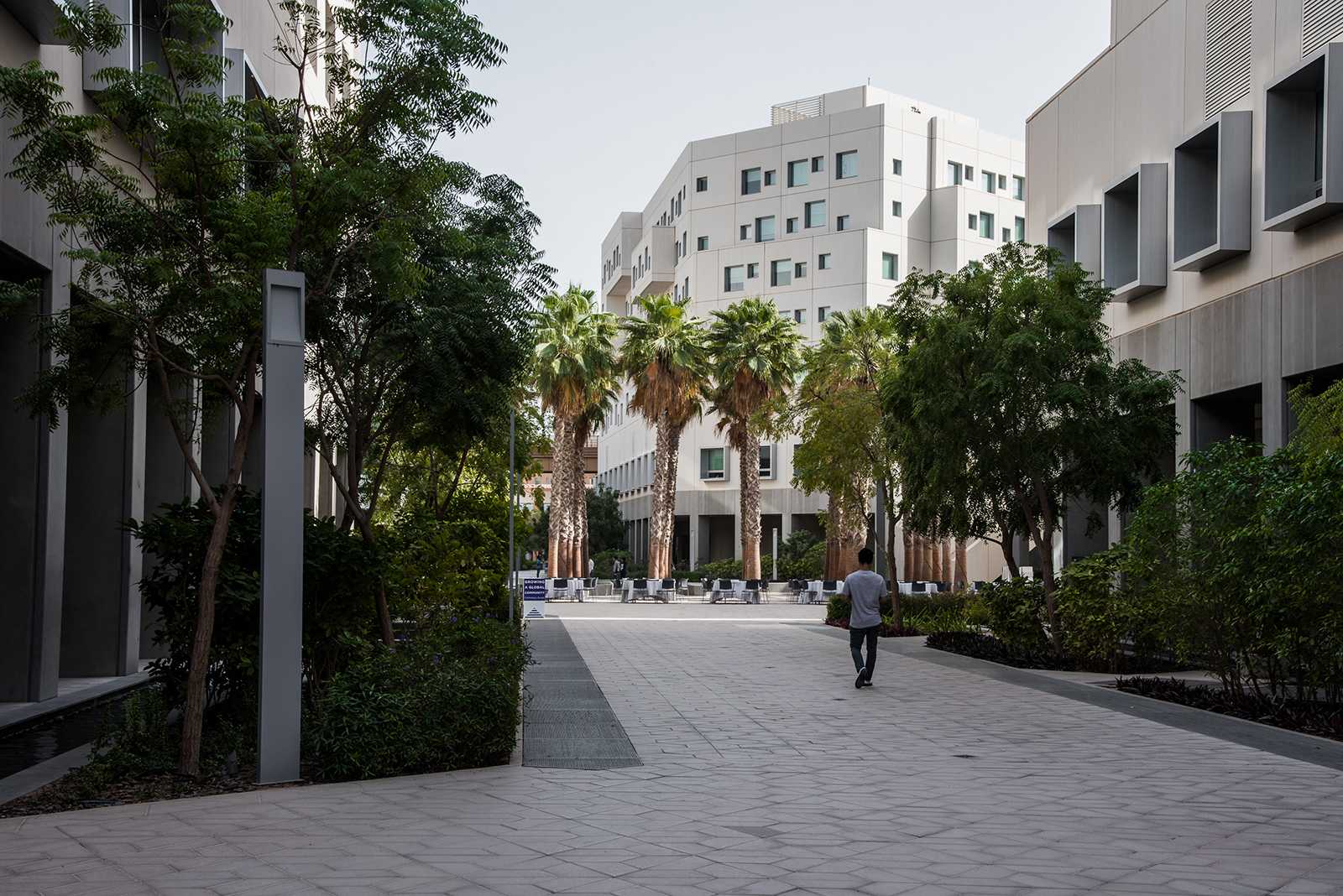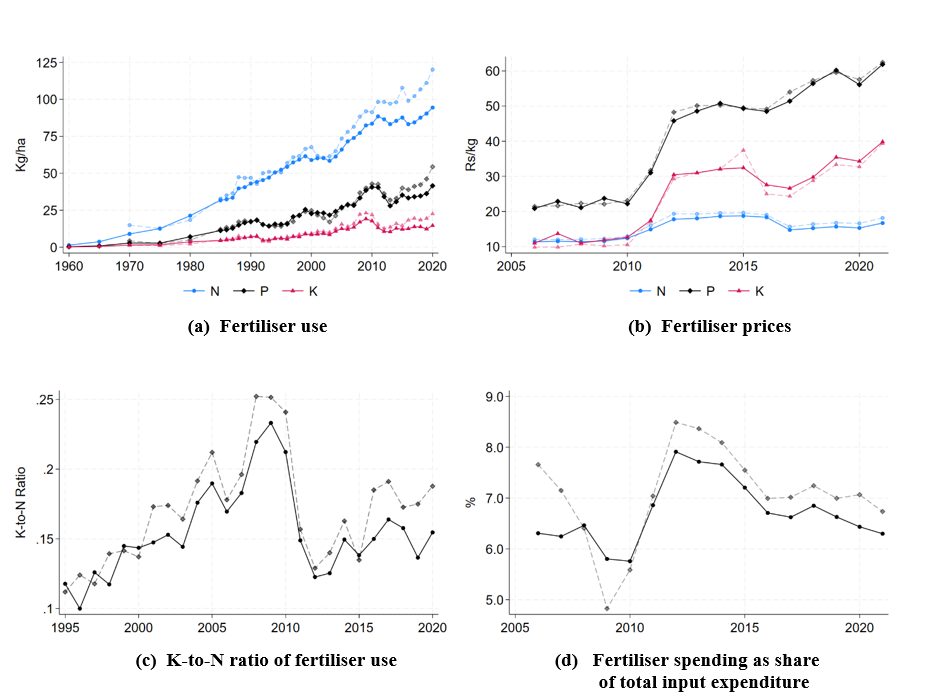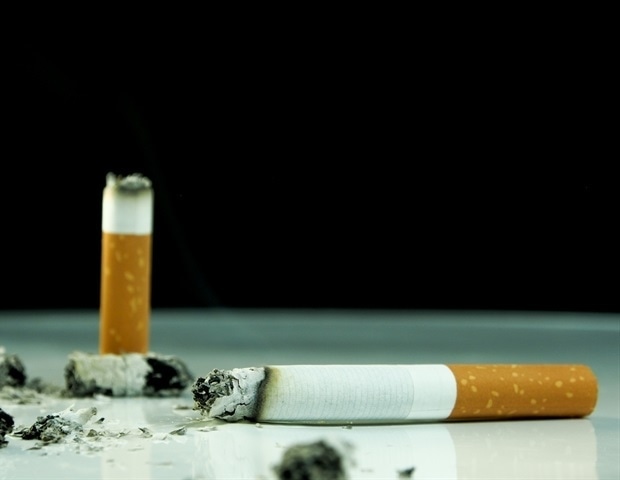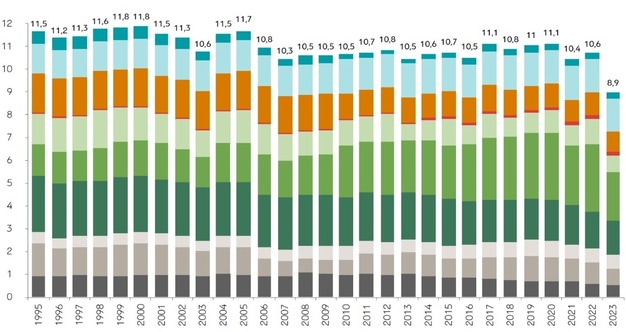The air is so toxic in Onondaga County’s new $23 million sewage building that workers can’t go inside – Syracuse.com
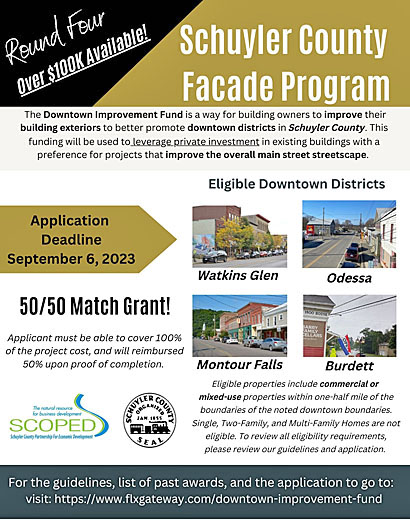
Report on Operational Delays at Onondaga County Wastewater Facility and Sustainable Development Goal (SDG) Implications
Executive Summary
A new $23 million facility at the Onondaga County sewage plant, finalized in 2024, remains non-operational. Originally projected to yield millions in annual taxpayer savings, the building is currently idle due to hazardous internal air quality that poses a significant risk to workers. This report analyzes the project’s status and its direct conflict with several key United Nations Sustainable Development Goals (SDGs).
Key Issues Identified
- Infrastructure Failure: A significant $23 million public infrastructure investment is currently unproductive.
- Occupational Safety Crisis: The facility’s internal environment is confirmed by union leaders and internal correspondence to be too dangerous for human occupancy, directly threatening worker health.
- Economic and Fiscal Impact: The failure to operate the facility prevents the realization of projected multi-million dollar annual savings, constituting a major loss of public funds and economic inefficiency.
Analysis of Setbacks to Sustainable Development Goals (SDGs)
- SDG 3: Good Health and Well-being
The hazardous air quality within the facility directly contravenes the objective of ensuring healthy lives and promoting well-being. It specifically undermines Target 3.9, which aims to substantially reduce the number of deaths and illnesses from hazardous chemicals and air, water, and soil pollution and contamination. The failure to provide a safe work environment is a critical lapse in protecting public health. - SDG 6: Clean Water and Sanitation
The building is an integral part of a wastewater treatment system, a cornerstone of SDG 6. Its inoperability hinders the county’s ability to enhance sanitation services and improve wastewater management, directly impacting progress towards Target 6.3, which focuses on improving water quality by halving the proportion of untreated wastewater. - SDG 8: Decent Work and Economic Growth
This situation violates the principles of decent work outlined in SDG 8. Target 8.8, which advocates for protecting labor rights and promoting safe and secure working environments for all workers, is clearly compromised. Furthermore, the squandering of public investment and unrealized savings detract from sustainable economic growth. - SDG 9: Industry, Innovation, and Infrastructure
The project represents a failure to build resilient, sustainable, and reliable infrastructure as mandated by SDG 9. An investment intended to upgrade and innovate public utility infrastructure has instead become a non-performing asset, highlighting a critical breakdown in project execution and quality assurance. - SDG 11: Sustainable Cities and Communities
Effective and safe sanitation infrastructure is fundamental to creating sustainable cities. The failure of this key facility weakens the resilience of local public services and undermines efforts to make urban settlements safe and sustainable, as called for in Target 11.6. - SDG 16: Peace, Justice, and Strong Institutions
The inability to deliver a safe, operational, and cost-effective public project points to potential weaknesses in institutional accountability, transparency, and governance. Achieving strong and effective institutions requires successful project delivery and responsible stewardship of public resources.
Conclusion
The failure to operationalize the new Onondaga County wastewater treatment facility is a significant public administration and engineering issue. Its impacts extend beyond financial loss, representing a substantial regression in the region’s commitment to the Sustainable Development Goals. The project’s current state directly conflicts with global targets for health, clean water, decent work, resilient infrastructure, and sustainable communities, underscoring an urgent need for remediation and accountability.
SDGs Addressed in the Article
-
SDG 6: Clean Water and Sanitation
The article discusses a new building at a “sewage plant,” which is a critical component of wastewater management and sanitation infrastructure. The failure of this facility to operate directly impacts the county’s ability to manage sanitation and treat wastewater effectively.
-
SDG 8: Decent Work and Economic Growth
The core reason the new building is non-operational is that the “air quality inside is too dangerous for workers.” This directly relates to the goal of ensuring safe and secure working environments for all.
-
SDG 9: Industry, Innovation and Infrastructure
The article focuses on a “$23 million building,” which represents a significant investment in public infrastructure. The fact that this new infrastructure “sits idle” highlights a failure to develop quality, reliable, and sustainable infrastructure.
Specific SDG Targets Identified
-
Target 6.3: Improve water quality by reducing pollution and treating wastewater
The sewage plant’s purpose is to treat wastewater. The new building was intended to enhance this capability. Its non-operational status is a direct setback to improving water quality through effective wastewater treatment in the county.
-
Target 8.8: Promote safe and secure working environments for all workers
The article explicitly states the building is idle because the “air quality inside is too dangerous for workers.” This is a direct failure to meet the objective of protecting labor rights and promoting a safe working environment.
-
Target 9.1: Develop quality, reliable, sustainable and resilient infrastructure
The county invested “$23 million” in a new building that “sits idle” due to a fundamental flaw. This represents a failure to deliver a “quality” and “reliable” piece of infrastructure that can support the community and provide its intended economic benefits (“saving taxpayers millions”).
Implied Indicators for Measuring Progress
-
Indicator related to Target 6.3 (Wastewater Treatment)
The article implies an indicator: the operational capacity and functionality of wastewater treatment facilities. The fact that the new building “sits idle” is a direct measure of a lack of progress or a regression in the county’s wastewater treatment capabilities.
-
Indicator related to Target 8.8 (Worker Safety)
A specific indicator mentioned is “air quality” inside the facility. Measuring the levels of hazardous substances in the air provides a direct, quantifiable indicator of whether the working environment is safe or “dangerous,” as claimed by union leaders.
-
Indicator related to Target 9.1 (Infrastructure Reliability)
The article implies an indicator related to the return on investment and functionality of new infrastructure. The status of the “$23 million building” as “idle” versus operational is a clear indicator of whether the infrastructure is reliable and delivering its intended value.
Summary Table of SDGs, Targets, and Indicators
| SDGs | Targets | Indicators |
|---|---|---|
| SDG 6: Clean Water and Sanitation | Target 6.3: Improve water quality by reducing pollution and treating wastewater. | The operational status of the new sewage plant building (currently “sits idle”). |
| SDG 8: Decent Work and Economic Growth | Target 8.8: Promote safe and secure working environments for all workers. | Measurement of air quality inside the facility to determine if it is safe for workers. |
| SDG 9: Industry, Innovation and Infrastructure | Target 9.1: Develop quality, reliable, sustainable and resilient infrastructure. | The functionality and operational readiness of the new $23 million infrastructure project. |
Source: syracuse.com

What is Your Reaction?
 Like
0
Like
0
 Dislike
0
Dislike
0
 Love
0
Love
0
 Funny
0
Funny
0
 Angry
0
Angry
0
 Sad
0
Sad
0
 Wow
0
Wow
0

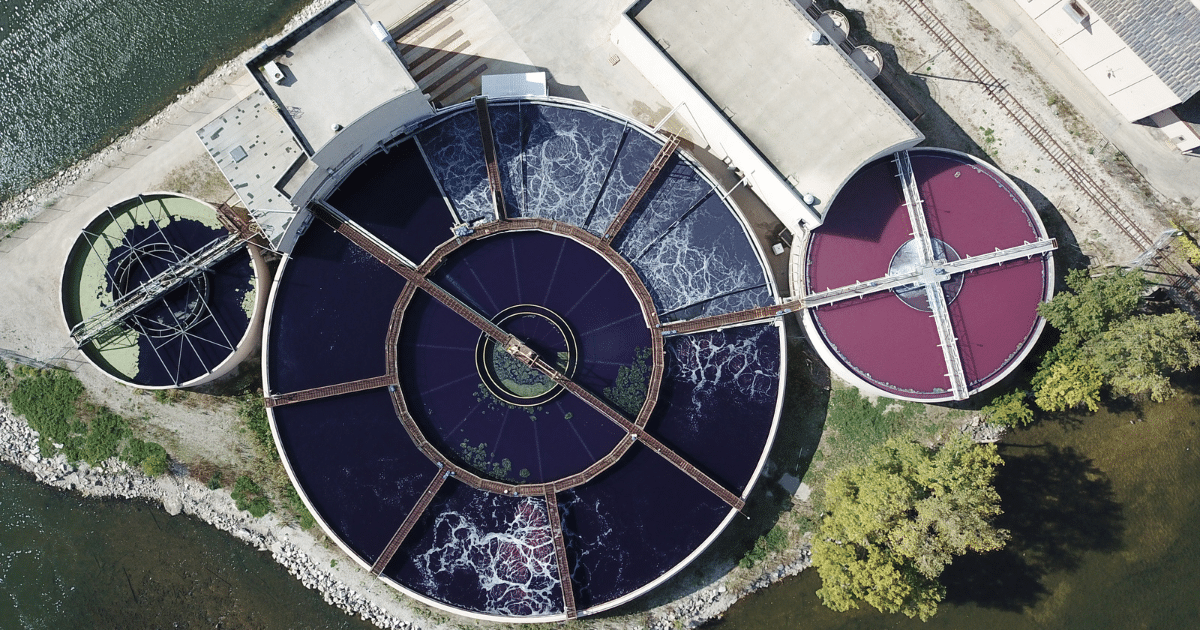






















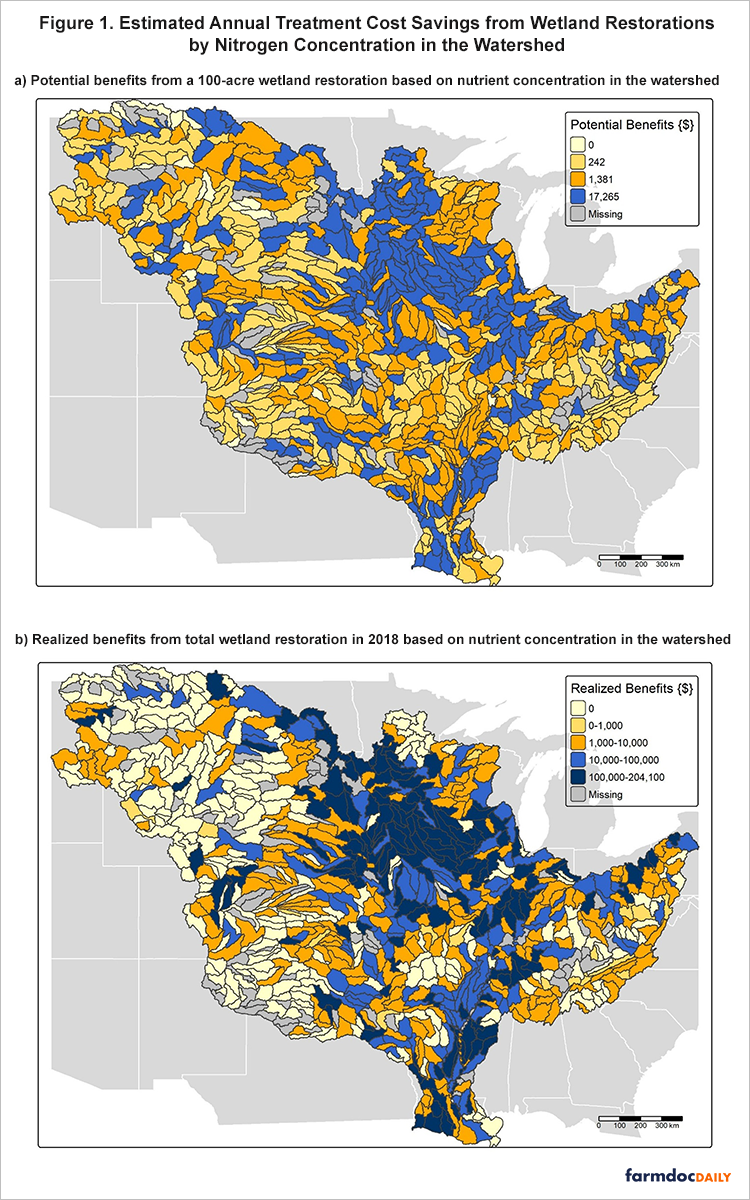
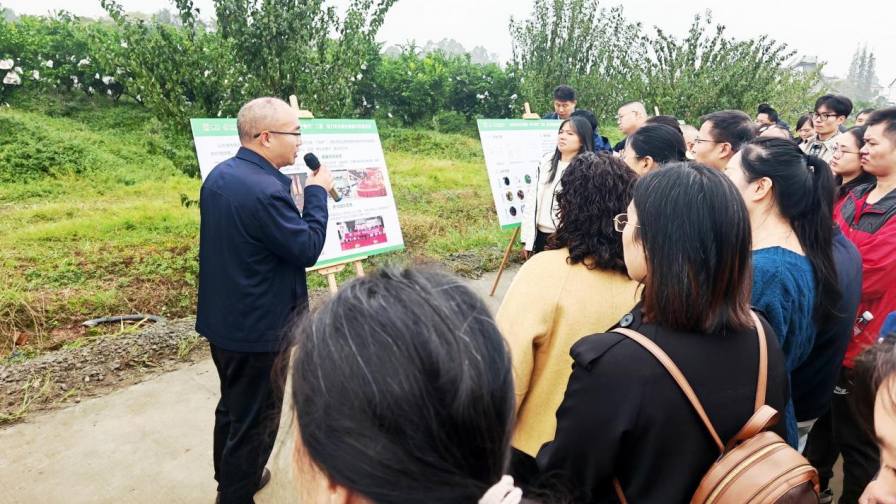

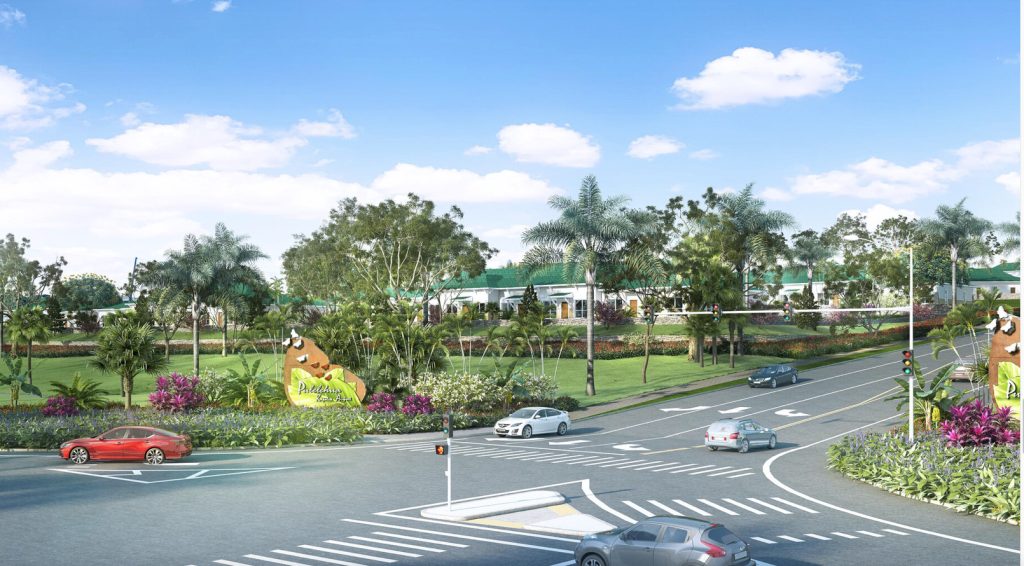



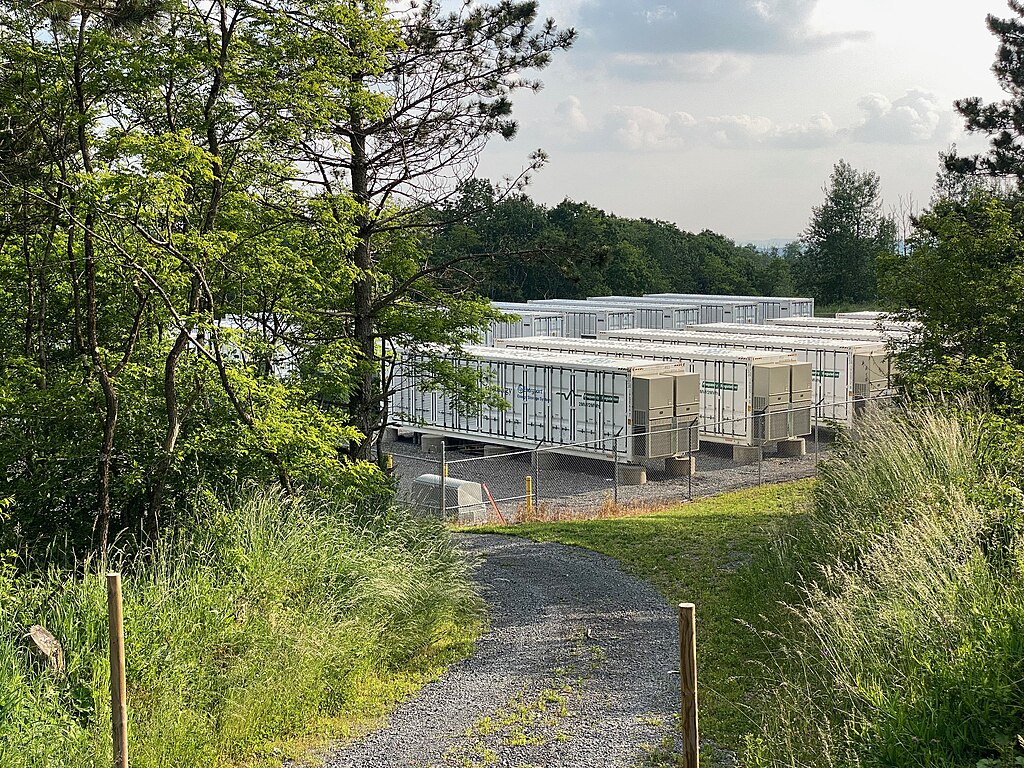
_2.png?#)
